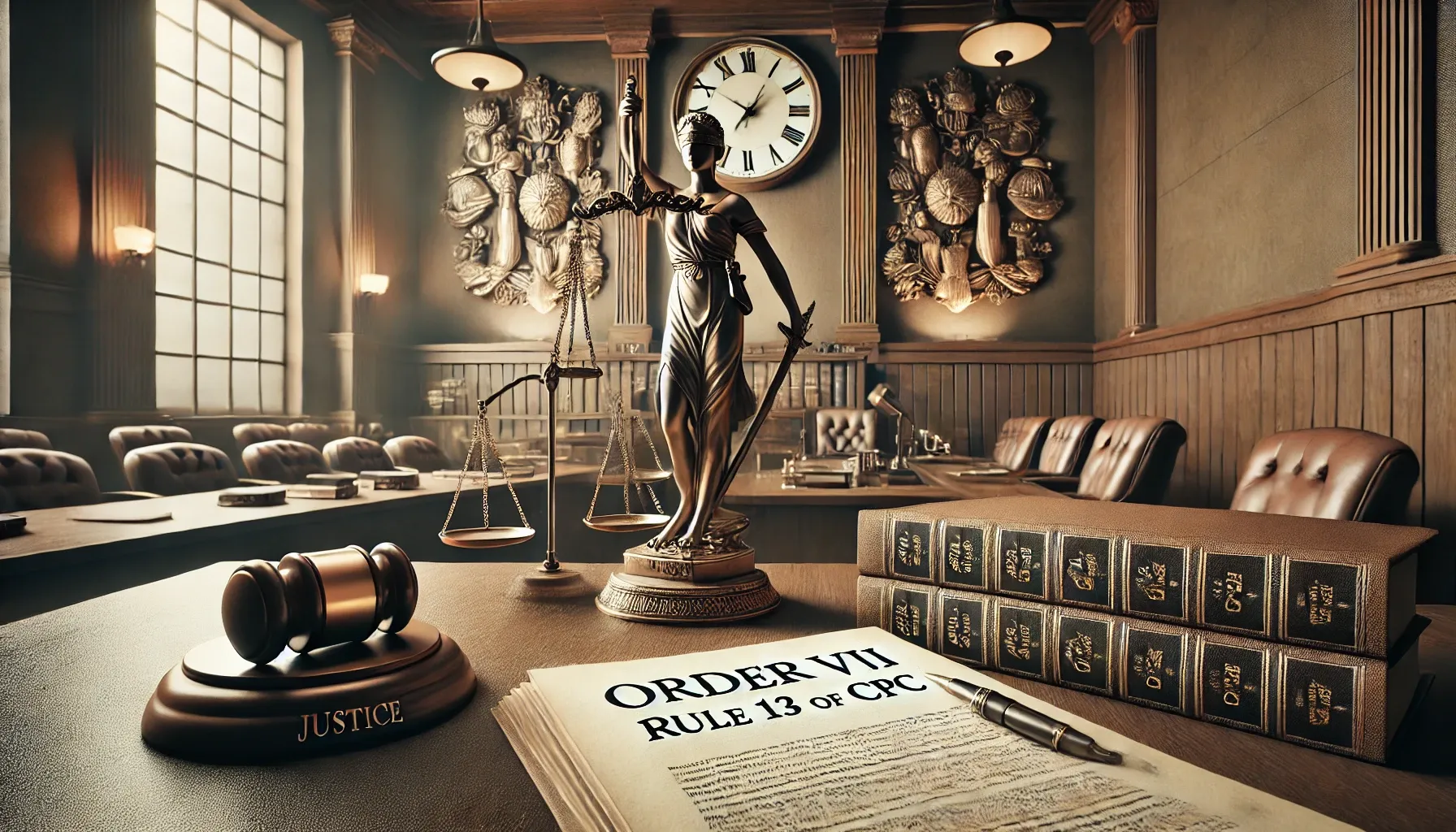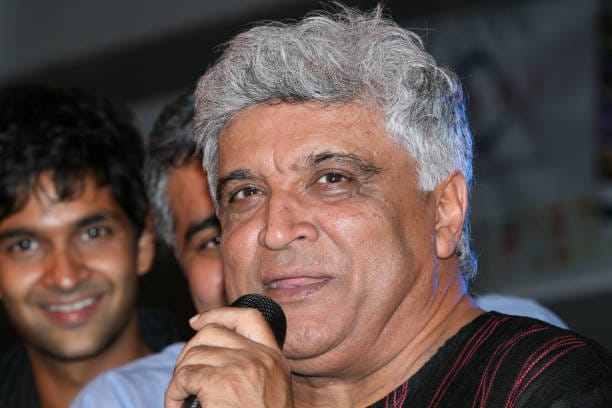The Supreme Court ruled that a second suit on the same cause of action must adhere to the three-year limitation period under Article 113 of the Limitation Act. The Court clarified that while Order VII Rule 13 of the CPC permits re-filing, it does not override limitation laws.

The Supreme Court has reiterated that filing a subsequent suit on the same cause of action is subject to the three-year limitation period as prescribed under Article 113 of the Limitation Act, 1963. It held that the procedural provisions under Order VII Rule 13 of the Code of Civil Procedure, 1908 (CPC) do not override the substantive law governing limitation. Consequently, a second suit filed beyond the statutory period is deemed time-barred and liable to be rejected.
The case concerned a dispute over the filing of a second suit after the rejection of an earlier plaint. The appellant, Indian Evangelical Lutheran Church Trust Association, had filed an application under Order VII Rule 11(d) of CPC, seeking the rejection of the second suit filed by the respondent. This subsequent suit was initiated nine years after the rejection of the earlier plaint. The appellant approached the Supreme Court, contending that the second suit was filed beyond the statutory time frame and was thus barred by limitation.
Key Observations of the Court
- Limitation Period is Mandatory
- The bench, comprising Justices BV Nagarathna and N Kotiswar Singh, noted that while Order VII Rule 13 CPC allows the filing of a fresh suit after the rejection of an earlier plaint, such suits must adhere to the prescribed limitation period.
- The Court stated:
"The right to file a subsequent suit after the rejection of an earlier plaint must be exercised within the three-year limitation period. Filing beyond this period renders the suit barred under Order VII Rule 11(d) CPC and the Limitation Act."
- Case Background
- The appeal arose from a decision of the Madras High Court, which affirmed the trial court's dismissal of the appellant’s application under Order VII Rule 11(d) of CPC.
- The case involved a subsequent suit filed in 2007, nine years after the rejection of the original plaint in 1998.
- The plaintiff-respondent argued that Order VII Rule 13 allowed re-filing irrespective of the limitation period.
- Supreme Court’s Ruling
- The Court rejected the plaintiff's reliance on Order VII Rule 13, emphasizing that procedural provisions under the CPC do not supersede substantive laws like the Limitation Act.
- It observed:
"The limitation period for filing a second suit begins on the date of rejection of the earlier plaint. Failure to act within this time extinguishes the right to sue, as the cause of action fades and pales into oblivion."
- Significance of Article 113 of the Limitation Act
- Under Article 113, the three-year period begins when the right to sue accrues. In this case, the rejection of the earlier plaint on January 12, 1998, triggered the timeline. The second suit, filed in 2007, was thus time-barred.
- Impact on Future Cases
- The Court’s ruling establishes a precedent for strict adherence to statutory timelines in civil proceedings. It stressed the importance of procedural discipline to avoid misuse of legal provisions.
Judgment Summary
- The Supreme Court overturned the High Court's decision and rejected the second suit under Order VII Rule 11(d) CPC.
- It reiterated:
"The subsequent suit filed beyond the prescribed limitation period cannot be entertained under Order VII Rule 13. Limitation laws ensure procedural discipline and prevent the resurrection of stale claims."





